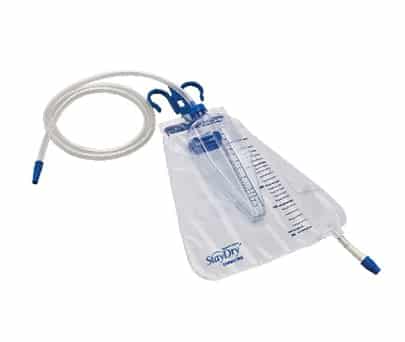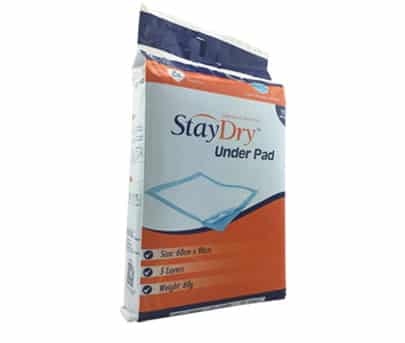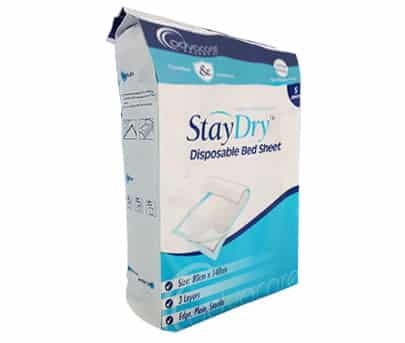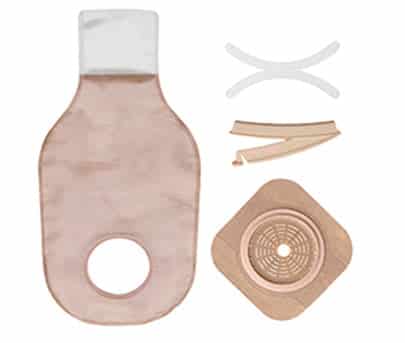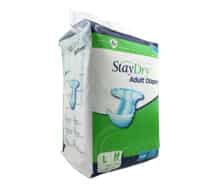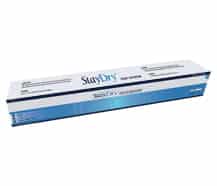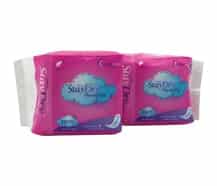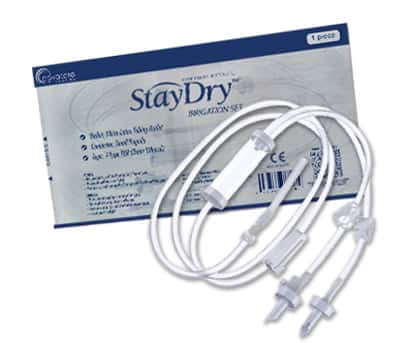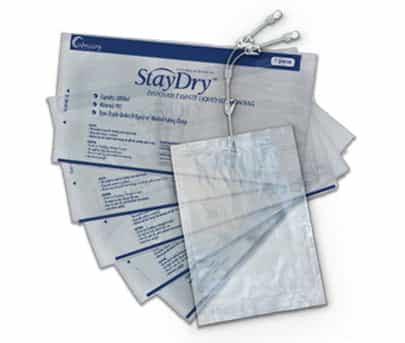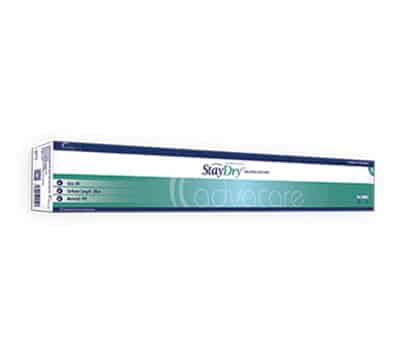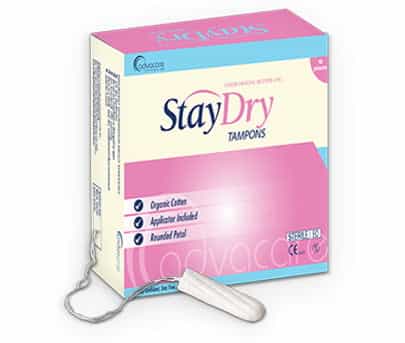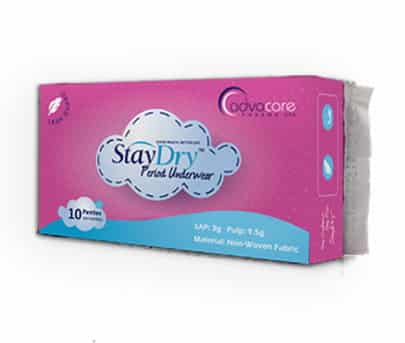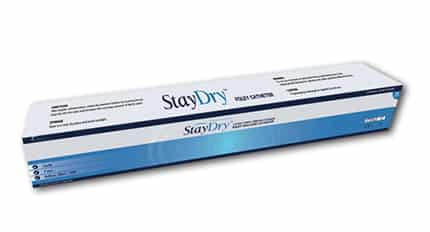
Type
|
 |
CE is an abbreviation for Conformite Europeenne (European Conformity) and the mark indicates that all the requirements for the specific product meet the European standards and that it has been tested and allowed to enter the European market. Learn more: http://ec.europa.eu/growth/single-market/ce-marking/ |
 |
ISO (International Organization for Standardization) 13485:2003 standard represents the quality management system for design and manufacturing of medical devices; it was published in 2003. This international certification requires the manufacturer the quality system of the facilities. Learn more: http://www.iso.org/iso/catalogue_detail?csnumber=36786 |
 |
FDA (the Food and Drug Administration) is an agency of the United States responsible to protect and regulate public health products, such as medical products, tobacco, food, veterinary medicines. Learn more: http://www.fda.gov/ |
About Our Foley Catheters
Why StayDry?
Consumer Tips
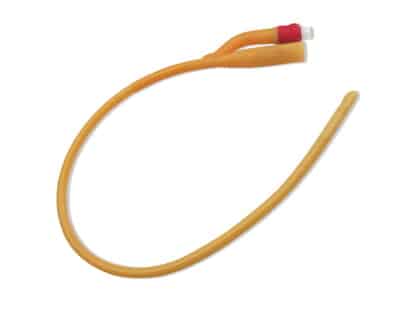
The Foley Catheter is the most common type of indwelling urinary catheter and is used to drain the urine for patients who are unable to do this process by themselves or whose urine output must be constantly and accurately measured. The Foley Catheter consists of three parts; the balloon, the drainage tube and the bag. The catheter is held in the bladder by a water-filled balloon, which prevents it falling out. We offer both Pediatric and Standard catheters in 1-Way, 2-Way or 3-Way.
The Urine is drained through a tube connected to a collection bag, which can either be strapped to the inside of your leg or attached to a stand on the floor.
Most indwelling catheters are not suitable to remain in place for longer than three months, so they need to be replaced regularly.

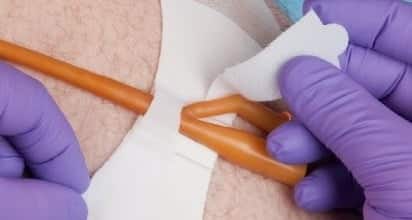
Why Our Foley Catheters?
StayDry Foley Catheters are made of only top quality materials in order to assure the highest standard of quality to the patients.
How to Clean The Foley Catheter?
- 1 When the bag is empty, clean the tip of the drainage valve with an alcohol wipe.
- 2 Close the valve.
- 3 Re-insert the drainage tube into the pocket, if there is one.
- 4 Wash hands well before and after cleaning your skin.
- 5 Clean the urethral area with soap and water once a day. You should also clean after every bowel movement to prevent infection.
- 6 Avoid pulling on the tubing when cleaning so you don’t injure the urethra.
- 7 Check the tubing. If there are kinks, cracks, clogs, or you can’t see into the tubing, you’ll need to change to new tubing as you were shown by your healthcare provider.
- 8 If the current tubing can still be used, wash it with soap and water. Always wash the tubing in the direction away from your body. Avoid pulling on the tubing.
- 9 Dry the tubing with a clean washcloth or paper towel..
How to Drain The Folley Catether?
- 1 Wash your hands well with soap and water to prevent infecting the urinary catheter and bag.
- 2 If the short drainage tube is inserted into a pocket on the bag, take the drainage tube out of the pocket.
- 3 Hold the drainage tube over a toilet or measuring container. Open the valve.
- 4 Don’t touch the tip of the valve or let it touch the toilet or container.
- 5 Wash your hands again.
FAQs
I see some blood or urine around where the catheter is entering my body, is this normal?
What do I do when my foley catheter becomes clogged?
Will I have a higher risk of getting a UTI while using foley catheter?
How do I recognize a foley catheter associated UTI?
- Pain low down in your stomach or around your groin
- A high temperature (fever)
- Chills
- Confusion If you have any of these symptoms please contact your doctor.









